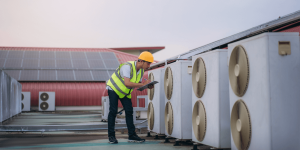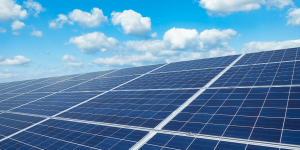Wind energy and tourism: the "wind parks" that unite energy and territory
In Italy, "wind parks" are becoming places of energy and sustainable tourism, combining wind energy production, landscape enhancement, and local innovation.

Wind energy as a driver of sustainable development
In Italy, wind energy no longer represents just a resource for the energy transition, but also an opportunity for regional development. The so-called " wind parks ," emerging in various regions of the country, are transforming rural areas and hilly terrains into eco-tourism spaces where technology meets nature.
With over 13 GW of installed capacity and more than 22 TWh of energy produced annually, wind power is now one of the cornerstones of the national energy system. But what makes these plants a symbol of Italian sustainability is their ability to enhance the landscape and attract an audience increasingly attentive to the environment and innovation.
Wind parks and experiential tourism
Wind farms are increasingly being integrated into tourist itineraries, excursions, and environmental outreach activities, offering visitors the opportunity to observe the turbines in action up close and understand the benefits of renewable energy.
In many southern regions, such as Puglia, Campania, and Sicily, these places have become symbols of local rebirth: villages that combine history, agriculture, and innovation, generating experiential tourism based on firsthand knowledge of clean technologies.
This "energy" tourism model creates new sustainable economies, involving communities and promoting a positive vision of wind power, no longer perceived as an extraneous element, but as an integral part of the landscape.
Design and environmental impact: a necessary balance
Behind every wind farm lies a complex planning process: wind analysis, access to the electricity grid, acoustic and visual impact, and wildlife and land conservation. Today, thanks to more advanced design criteria, turbines are integrated into the landscape with aesthetic and functional considerations, minimizing impact and maximizing benefits.
For HVAC-R and renewable energy professionals, the wind farm experience represents a concrete example of the integration of technology, environment, and culture, where energy production translates into value for the local area and its residents.
Related Focus







